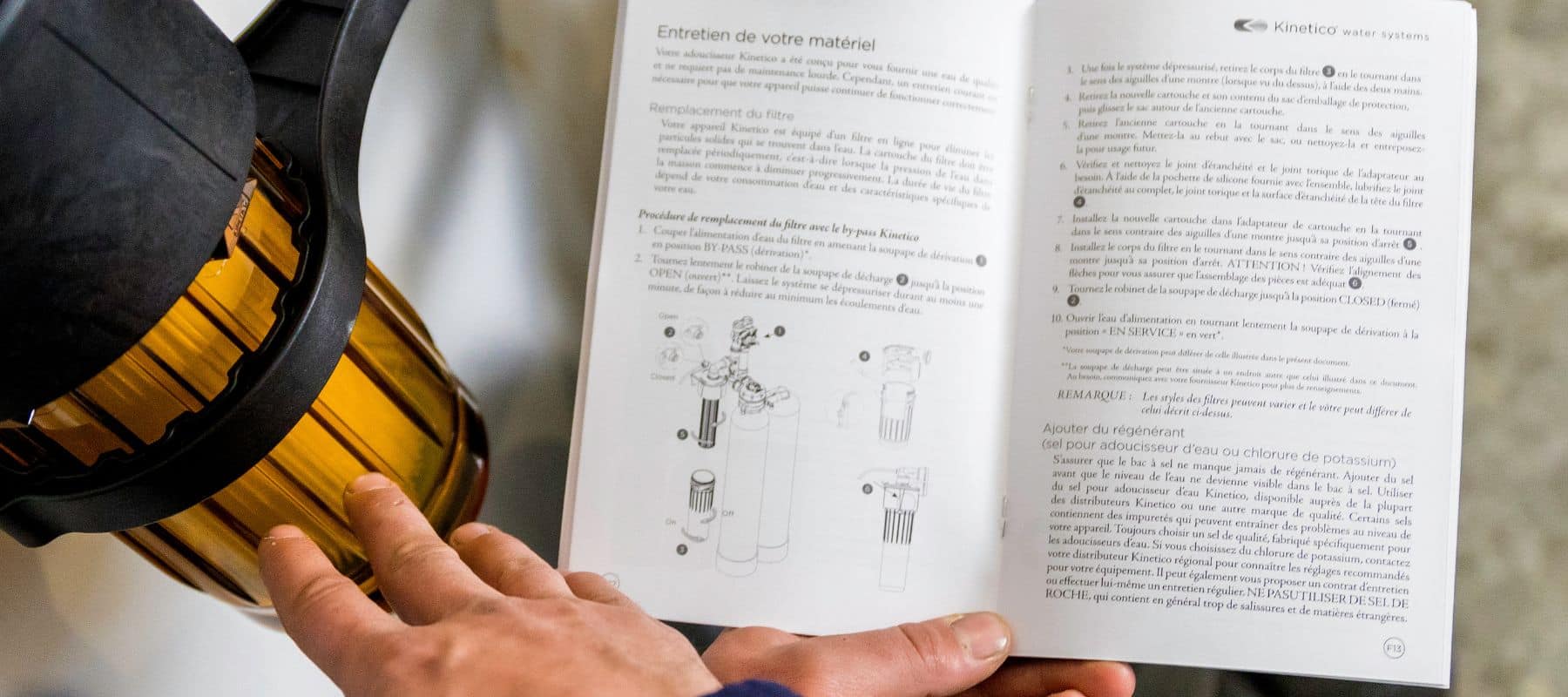Trusted Answers To Your Yuma Water Questions
At Southwest Water Treatment, we know that understanding your water quality can be confusing. Our goal is to make sure you have all the information you need to enjoy safe, clean and refreshing water for your home.
Below, we’ve compiled answers to some common questions we hear from our Yuma community. If you have a question that isn’t answered here, don’t hesitate to reach out!
How Many Hours Does It Take To Install A Water Softener?
The time it takes to install a soft water system typically ranges from 2 to 4 hours, depending on factors like your home’s plumbing and the type of system you choose. Our team works efficiently, and we’ll handle everything from the setup to making sure your system is working perfectly before we leave. We’ll also provide a quick run-through on how it works, so you’ll feel confident using your new home water softener right away.
What Is The Best Type Of Water Filtration For Drinking Water?
The best type of drinking water filtration system depends on your water quality and what you want to filter out. Reverse osmosis systems are popular choices since they can target a wide variety of contaminants, including harmful chemicals, heavy metals and bacteria, leaving you with pure, great-tasting water.
However, some homes may benefit from other options, like a carbon backwashing filter to target chlorine or a neutralizer to reduce acidity. If you’re unsure what’s best for you, we can test your water and recommend a solution, balancing factors like cost, maintenance and the level of purification needed to ensure safe drinking water.
Is Reverse Osmosis Water Better For You Than Bottled Water?
Water from a reverse osmosis system can be a better alternative to bottled water for several reasons. RO systems filter out harmful contaminants like lead, chlorine, pesticides and nitrates, giving you cleaner and purer water directly from your tap.
In contrast, bottled water often comes from municipal sources, which might not be as thoroughly filtered. Additionally, bottled water is stored in plastic containers which have the potential to leach chemicals into the water over time.
With an RO system, you can save money by reducing the amount of bottled water you buy and reduce your environmental footprint by eliminating the need for plastic bottles. It’s a healthier, more sustainable option for you and the planet.
Can You Shower In Water With High Nitrates?
Showering in water with high nitrates is generally safe, as nitrates don’t absorb through the skin the way they do when ingested. However, if your household water contains elevated levels of nitrates, this is a sign that action should be taken to be taken to improve your water — especially if it’s affecting your drinking supply.
While showering may not pose a direct risk, it’s important to ensure your overall water supply is safe by testing it regularly. If nitrate levels are a concern, a whole-home filtration system can address this issue, ensuring that every drop of water entering your home is clean and safe for all uses — including hydration.
What Dissolves Hard Water Buildup?
Hard water buildup, commonly found on faucets, showerheads and glass, can be dissolved using household solutions like white vinegar or lemon juice. The acidity in these substances breaks down the mineral deposits, particularly calcium and magnesium, that cause the buildup.
For tougher spots, letting the vinegar sit for a while before scrubbing will improve the result. While these hard water removal methods are effective for surface cleaning, they only treat the symptoms, not the cause. A long-term solution is installing a water softener, which eliminates water hardness at its source, preventing future buildup in your pipes, appliances and fixtures.

Set Your Kinetico of West Texas Location
test
Yuma, AZ
Yuma, AZ 85365



